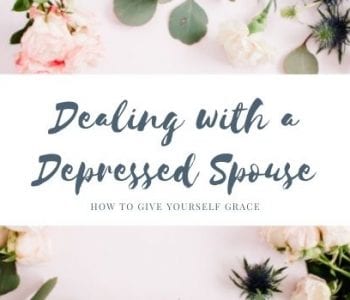 Brainspotting
Brainspotting
What is Brainspotting?
All About Brainspotting (Curious? Read on.)
Brainspotting was developed by therapist David Grand combining elements of EMDR (Eye Movement Desensitization and Reprocessing) and SE (Somatic Experiencing). We could write entire articles on each theory, however, we can briefly sum each here. EMDR focuses on eye movements following a light while working through traumatic memories cognitively with a counselor. The idea behind EMDR therapy is that studies have increasingly shown that trauma is “stored” in the brain. Eye movements while working through memories and patterns has repeatedly shown positive results in patients with trauma and everyday painful emotions such as excessive anger, anxiety or agitation.
SE on the other hand, was developed by Dr. Peter A. Levine and focuses on the “physical release of the energy accumulated through trauma.” Think: deep breathing for example. SE helps bring awareness to the body by noticing areas of tension, regulating posture, and just generally being able to adjust oneself to self-soothe and provide immediate physical relief, leading to simultaneous emotional release. Brainspotting is a specific combination of elements of these two therapies.
Brainspotting Helps with Emotions Associated With Trauma.
But that’s not just it. Brainspotting, while developed for relief from PTSD symptoms, is useful for healing many emotions and situations, some that are very every day.
Some ways that people can benefit from the positive effects of Brainspotting are:
- A reduction in anxiety and agitation
- More focus and a better handle on attention disorders
- Softer reactions to past memories and trauma
- Less of an effect from phobias
- Can aid in the multidimensional treatment of addiction
- Relieves chronic pain and chronic fatigue
- Can reduce impulse control
- Supports athletic performance
Who is Brainspotting for?
• Trauma survivors and individuals suffering with PSTD
• New Moms experiencing Postpartum Depression/ Anxiety
• Individuals suffering from addiction and substance abuse
• Individuals suffering with anxiety, depression, relationship issues, perfectionism
• Individuals experiencing blocks to reaching their potential
• Athletes experiencing blocks and/ or performance anxiety
• Individuals with chronic pain
Brainspotting can be combined with other types of therapy and can be used with all different models.
Everyday Life Can Be Better With Brainspotting Too.
Brainspotting helps bring a sense of calm to your day to day life, while also soothing the internal thoughts that are sometimes difficult to control. With Brainspotting, therapy returns to the physical body, addressing both mental and emotional health with physical activity (such as deep breathing and eye movements). When a counselor seeks additional accreditation, such as Brainspotting, you can get a better idea of their sense of counseling style. With Brainspotting accredited therapists, you will find a lean towards mindfulness with a holistic approach.
Looking for a Counselor? Consider a Therapist that is also a Brainspotting Practitioner.
Have you been typing in: Counselor near me, or Counselor in Denver, only to get a long, long list of potential therapists? Going through the list can be daunting. Time consuming. It might make you want to give up completely. Please don’t. Seeing a counselor is so worth it. And, I encourage you to think outside the box and consider one way to screen a potential counselor: checking through lists of therapists accredited in Brainspotting therapy.
About Soul Song Counseling
Soul Song Counseling is a counseling practice in Denver, Colorado that provides Brainspotting therapy with Becca Hart, LPC. Have you been wanting to find your soul’s song? Missing joy in your life? Wishing past memories didn’t keep popping up? Struggling with taking care of yourself? Hoping that every day won’t be this way forever? Wanting to be a better parent, employee or person in general? Mental health is paramount to the health of everything in your life (physical, financial, career… everything!). Consider a complimentary consultation by clicking here to talk about the best day and time for your schedule.
References:
About BSPI. (n.d.). In Brainspotting International. Retrieved from http://www.brainspottinginternational.org/about-bspi
Beneficial Uses of BSP. (n.d.). In Brainspotting International. Retrieved March 30, 2015, from http://www.brainspottinginternational.org/about-bspi/beneficial-uses-of-bsp
Grand, D. (2013). Brainspotting: the revolutionary new therapy for rapid and effective change. Boulder, CO: Sounds True, Inc.
Rigley, C. (2009, March 25). Eye see you Brainspotting: a cure-all for psychological trauma or parlor trick? New Times, 23(34). Retrieved from http://www.newtimesslo.com/news/2253/eye-see-you
Terrell, D. (2009). What is Brainspotting? How does it compare to EMDR therapy?. In San Diego Trauma Therapy. Retrieved from http://www.sandiegotraumatherapy.com/emdr-articles/terrell-brain-spotting.htm
What is brainspotting? (n.d.). Brainspotting. Retrieved from http://www.brainspotting.pro/page/what-brainspotting









